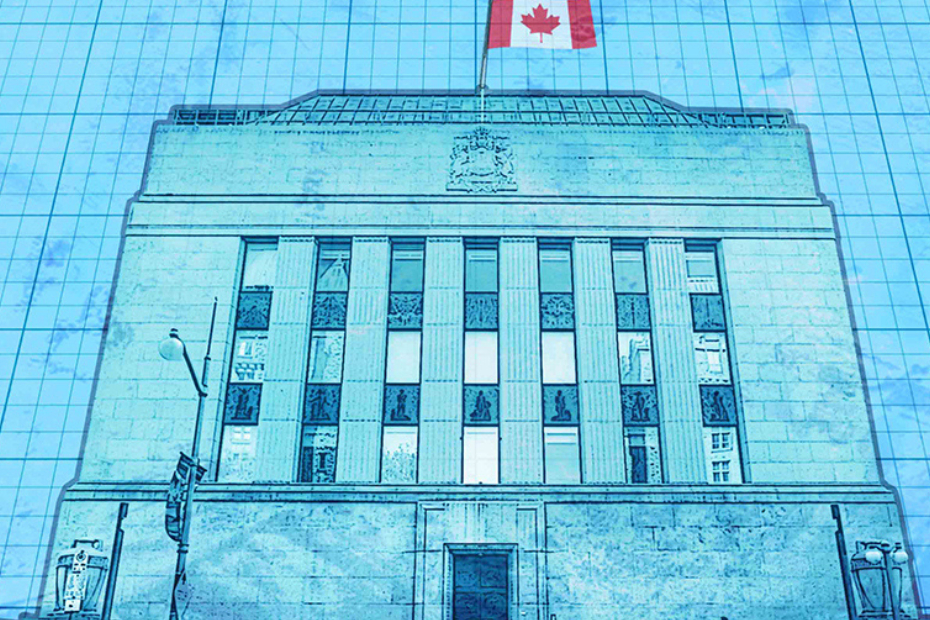Published July 14, 2023 • 3 Min Read
The Bank of Canada did it again – for the 10th time in 16 months.
The Canadian central bank hiked its benchmark interest rate by 25 basis points this week, pushing its key lending rate up to 5 per cent, the highest since 2001.
Citing an overheating economy, Tiff Macklem, Bank of Canada Governor, reaffirmed the bank’s resolve in wrestling down inflation.
“We have made considerable progress in the fight against inflation,” Macklem said when presenting the latest Monetary Policy Report after Wednesday’s rate announcement. “But even as headline inflation has come down largely as we forecast, underlying inflationary pressures are proving more persistent than we expected. Higher interest rates are needed to slow the growth of demand in the economy and relieve price pressures.”
In May, headline inflation hit 3.4 per cent, down from 4.4 per cent a month earlier. Though slowing inflation is welcome news, central bank officials believe their work is not done until inflation is back to the target rate of around two per cent.
“The hike was widely expected. It was highly unlikely that the (Bank of Canada) ended its pause last month for just the one additional 25 basis point increase in June,” RBC Chief Assistant Economist Nathan Janzen said in a note. Calling the rate decision “decidedly hawkish,” he said a softer economy is expected to prevent more hikes this year, but that the central bank won’t hesitate to increase rates again if inflation doesn’t slow further.
Data from RBC Economics shows that the Canadian economy remains resilient. Companies are still hiring, albeit at a slower pace. From Vancouver to Toronto, home prices rose in spring. And recession warnings have not deterred Canadian consumers from travelling and dining out.
Still, Janzen said the economy might soften later this year as higher interest rates bite. RBC economists predict that a mild recession could hit the U.S. and Canada sometime this year.
Globally, monetary policymakers in the world’s 20 largest economies have jacked up interest rates by an average of 3.5 per cent since the tightening cycle began, according to the Financial Times. One exception is China, which slashed interest rates last month to shore up a flagging economy.
Much like a spigot, a central bank is tasked to maintain the right amount of money supply – not too much, not too little – to keep the economy humming. It raises rates to dampen borrowing in hopes of cooling an economy. Conversely, it may cut rates to stimulate economic growth.
At a press conference on Wednesday, Macklem alluded to the lagging effect of interest rates. Economists have long argued that it takes time – generally 18 months or so – for interest rate decisions to feed into the economy.
“There was a clear consensus that we didn’t see a big benefit of waiting,” he said, referring to the decision to raise right away versus waiting for further data. “We’re concerned that if we’re not careful, the progress to price stability could stall, and if you get some upward surprises from there, inflation could even move back up.”
The next interest rate decision is slated for September 6, 2023.
This article is intended as general information only and is not to be relied upon as constituting legal, financial or other professional advice. A professional advisor should be consulted regarding your specific situation. Information presented is believed to be factual and up-to-date but we do not guarantee its accuracy and it should not be regarded as a complete analysis of the subjects discussed. All expressions of opinion reflect the judgment of the authors as of the date of publication and are subject to change. No endorsement of any third parties or their advice, opinions, information, products or services is expressly given or implied by Royal Bank of Canada or any of its affiliates.
Share This Article






